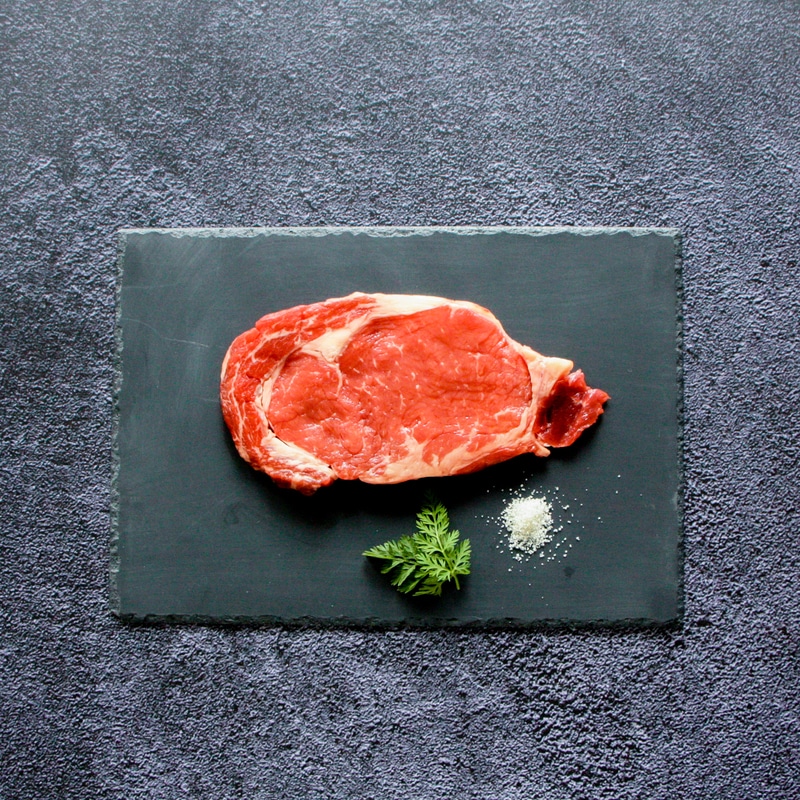The flemish red
The quality of its milk is incomparable, its meat exceptional and its destiny extraordinary. The Flemish Red deserves one in twenty cattle.
The head milkmaid
The Great Depression did not dampen the spirits of the Flemish reds. In the 1930s, one of these worthy representatives exceeded the 10,000 liters of milk per year mark. So much for the competition. In spite of its undeniable dairy qualities, the Flemish Red – or Rouge du Nord – was seriously undermined after the Second World War. The herd was reduced to a trickle to the benefit of the Prim’Holstein from the Netherlands. The Flemish breeders see red but take the cattle by the horns. In this case, the horns are black-tipped. So much so that today, one of the oldest lines in France is on the rise again with 2500 head spread over some 300 farms in Nord-Pas-de-Calais, its adopted land.
Cheeses like the flemish red
Don’t expect a flashy Ferrari red. No. The Flemish Red is wearing a smart cocktail version of a mahogany colored evening dress. With a good size (700 kilos on average), this rustic cow loves the wet meadows of Flanders. Hazebrouck, Cassel, Bergues, the mountains of Flanders. The grass must be greener there than elsewhere.
Because not only does it make a very high quality meat appreciated for its tenderness and pronounced flavors but the nectar that comes from it is said to be particularly rich in proteins and fats. Thanks to it, we obtain a typical yellow butter as well as the best regional cheeses. The milk of the Flemish Red is used to make Bergues cheese, Mont des Cats cheese and the famous Maroilles cheese.





